When I booked this Indochina trip, I don’t have any idea of the places and things to see. I only know of Kota Kinabalu (which is still a box on my bucket list waiting to be ticked), which is hours away from Kuala Lumpur, but my friends wanted to pass by Malaysia to see the Batu Caves and the Petronas, so I agreed.
Malaysia is a silent country, brimming with opportunities both for a backpacker and a leisure traveler. Much like Singapore, it is also starting to become a center for business. But it’s actually more than that too.
How to Get to Malaysia
There are daily flights going to Malaysia from the different major airports. From the Philippines, there are daily flights serviced by different airlines. You may check the prices of your favorite airline company.
We did not fly via plane for this trip. Since this is a part of a 5-country Indochina trip, we came in from Singapore to Kuala Lumpur in Malaysia. From Singapore, we took the night bus to Kuala Lumpur. It was a 5-hour bus ride including getting down from the bus to go through immigration. It seemed a pretty short ride since it was a night travel. We were asleep almost the whole time, and it was comfortable because the bus was huge.
Tips to Remember:
It was still pretty dark when we arrived in Kuala Lumpur. We got off in the middle of Kuala Lumpur, it wasn’t as lively as it seemed to be during daytime. Everything is still closed, there were minimal street lights. We were at Berjaya Times Square, and our eyes immediately darted towards the first friendly and familiar establishment that we saw — Starbucks. It was one hour before the opening so we figured we could wait for it to open. Good thing the WiFi is still working even if it’s still closed. We were also quite lucky to have found a few sockets working!
- Get a map and research. Once we had access to the WiFi, the first thing that we did was to download a map. First, the train system, and second, the whole of Malaysia. Kuala Lumpur has quite a very complex yet very efficient train system. We knew we need to strategize for the day since we planned to take the train the whole day. Most of the destinations for tourists in Kuala Lumpur are train stations away so it’s important that we know both the station and the place of the destination, so we would also know how to get through them one-by-one.
While having breakfast, we listed out the spots we want to visit. We grouped the spots together and figured out their train stations and planned which to visit first, so we won’t get lost even though we don’t have a connection to the internet throughout the day. - Exchange money at the airport. We brought USD to Malaysia. But before coming to Kuala Lumpur, we already exchanged a few of our USD to Malaysian Ringgit in a mall in Singapore. We later found out that it is a bit cheaper to exchange USD to Malaysian Ringgit at the airport as well. It is best to be updated with the exchange rate so you can best decide where to exchange your USD because you can compute it.
This is a tip I learned from one of my friends. She had an exchange rate app with her all the time we were at currency exchange shops and she was literally converting all the time! We were able to avoid the ones that have expensive rates because of her. - Be ready to walk all day. Aside from trains, Kuala Lumpur has buses and cab-hailing apps available through your mobile phones. In spite of that, we chose to walk most of the day when we’re not in trains. Some of the tourist spots are not exactly at the train stations. So instead of riding a cab, we chose to walk. We noticed that it was a lot faster than riding because cars still tend to pile, especially at the side of town where the Chinatown is.
- Take note of culture. Be mindful and respectful. Culture is one of the distinguishing factors between races, places, and countries. I always keep this in mind whenever I go on a trip. That’s why doing a research about the culture of your destination is an integral part of your preparation. Upon entering Batu Caves, we were told to keep an eye on our belongings, especially the poles that we brought for the action cameras as these tend to attract the monkeys at the temple.
During my visit, the temple is still under construction so there are bricks laying on the floor before the stairway. There’s a sign saying that you can help out as a tourist by bringing even a single brick to the top. Not only does this pay respects to the temple and their gods, you are also actually paying respect to their culture plus helping them too!
Kuala Lumpur also has their own version of Chinatown. Most of the stuff that you will find there are cheap! Hence, that place tends to be crowded with both people and vendors. - If you are on a solo trip or in a group of less than 5, book a cab rather than using the KLIA Express. Kuala Lumpur has a Central Station where most trains pass by. It must be the busiest station because it is in the center of Kuala Lumpur. This is also where you can ride the KLIA Express; it’s a premium high-speed train that only travels straight to and fro Kuala Lumpur International Airport and the city center.
This is a good idea if you’re in a big group. But if you’re traveling alone or in a group of less than 5 (you fit inside a sedan), you might opt to just take a cab. KLIA Express is a faster option, but it is expensive. One-way fare per person is RM 55, or about P750.
Notes:
- Malaysia, especially Kuala Lumpur, just like Singapore, is a business district. Buildings are everywhere serving as corporate offices from different races and nationalities all over the world.
- If you go to Kuala Lumpur on a weekday, you will see all kinds of people inside the train — from students to professionals, to vendors, to tourists or backpackers. They also have a rush hour.
- Bring your own tumbler as you will tend to walk long distances. Instead of buying bottles from convenience stores, there are food courts in the city that provide free clean water.
- Kuala Lumpur is a clean city; there are trash cans placed at every corner. Throw your trash where they are supposed to go.
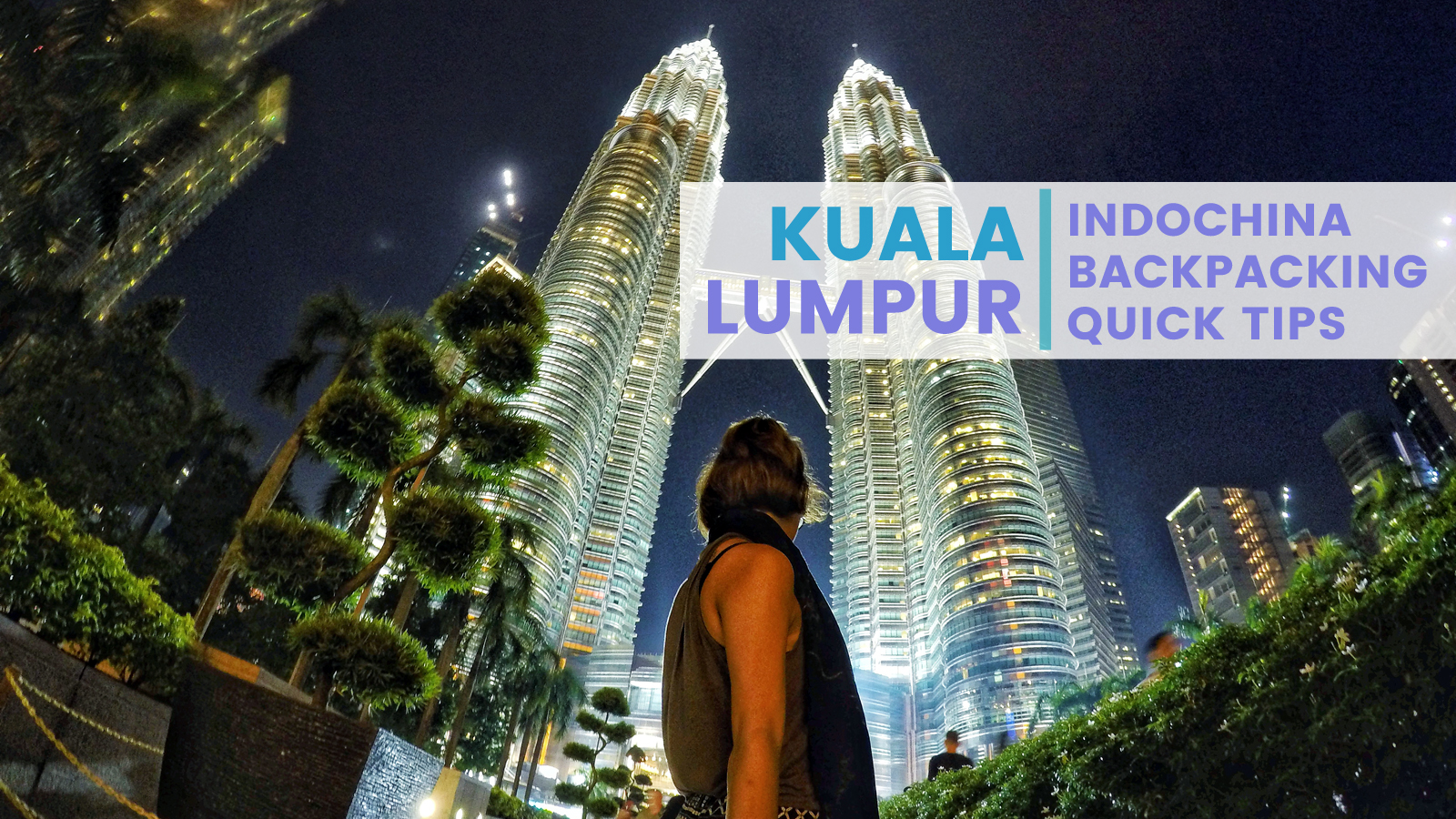
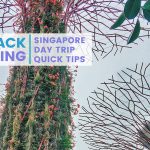

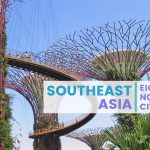

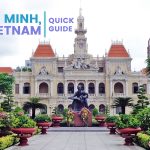
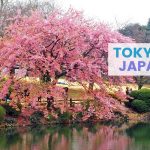
Comments